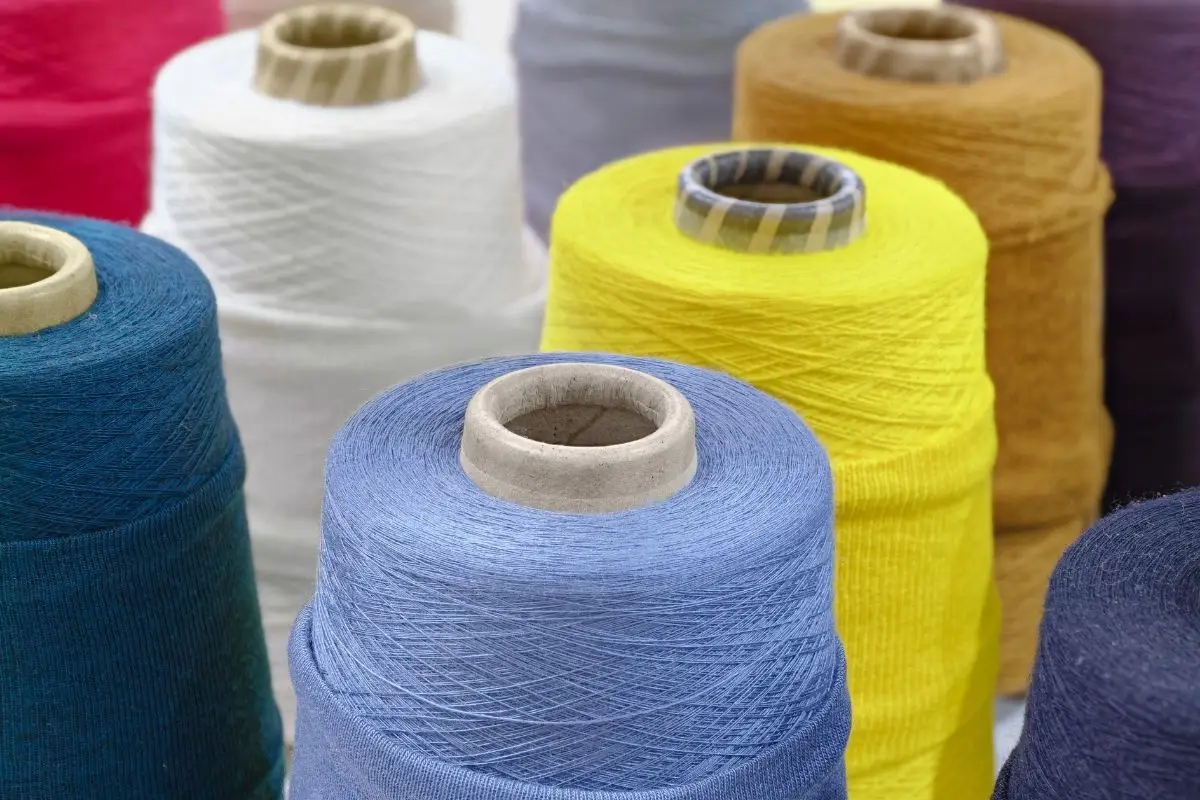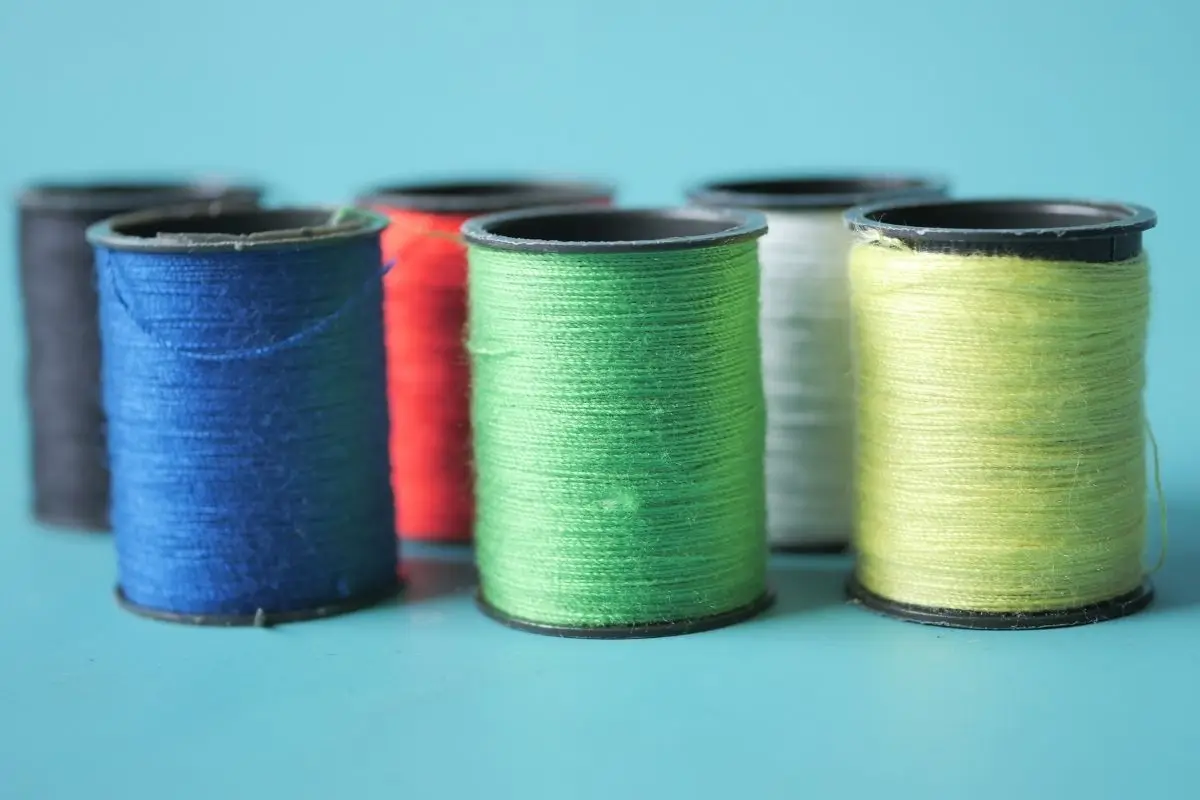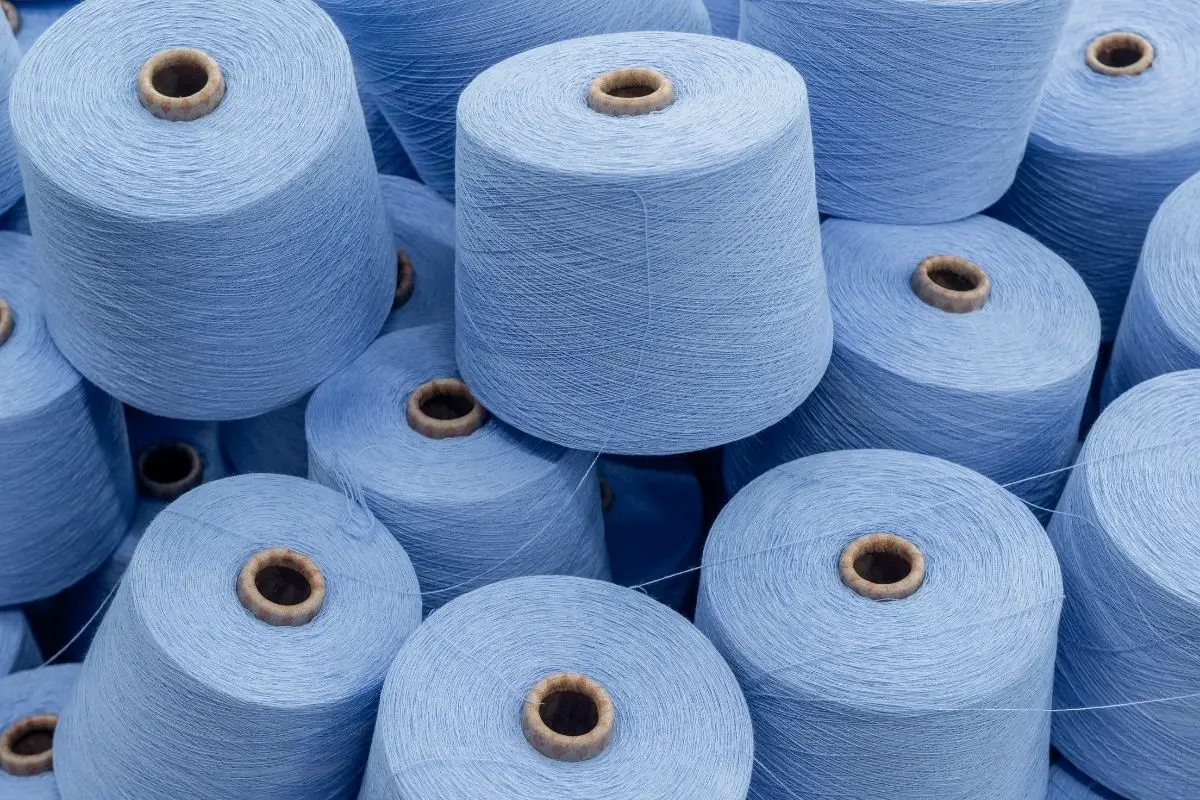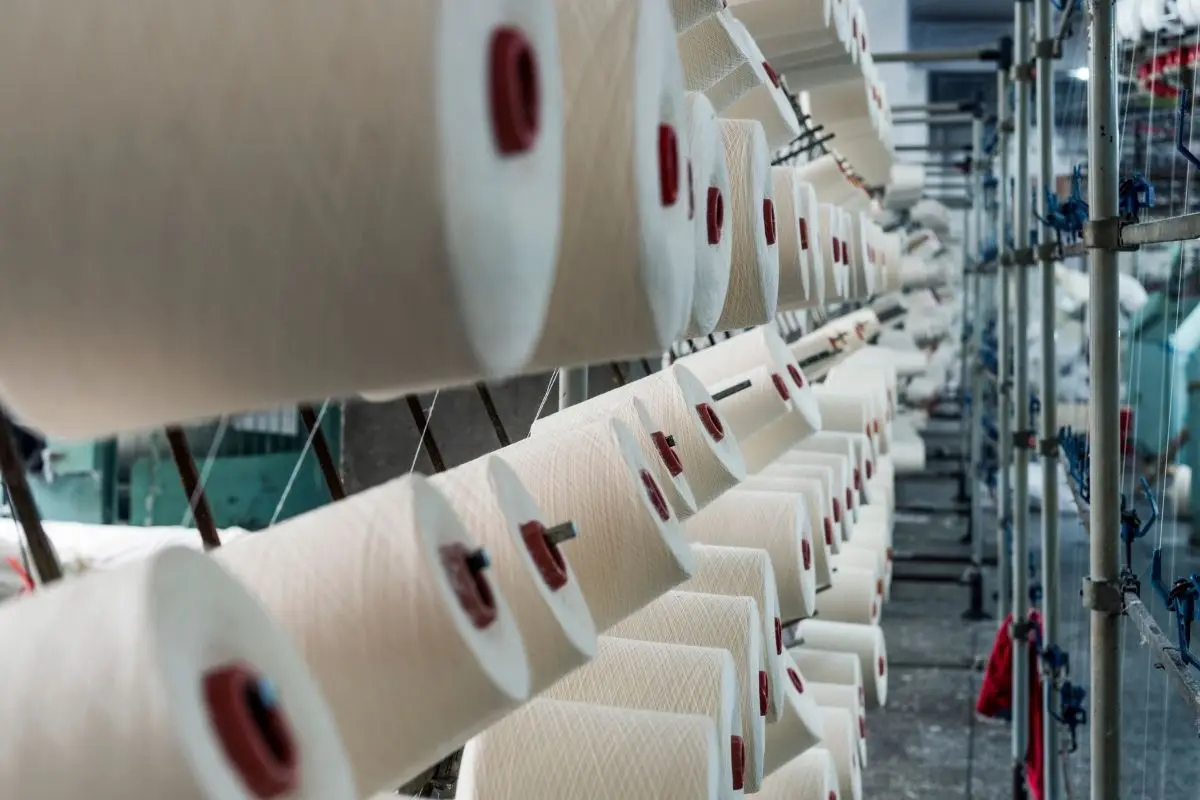As the answer to the question of what is polyester textured yarn, it is obtained by passing polyester through a special process. This process gives the yarn flexibility and volume. It also gives it a softer texture. These properties make polyester textured yarn very popular in the textile industry. In this case, the use of the yarn increases, especially in the production of clothing and home textiles. For this reason, textured polyester yarn is known for its durability and longevity. Arya İplik is among the leading companies in the production of such yarns. Thus, it ensures customer satisfaction by offering quality products. In addition, polyester textured yarn attracts attention with its easy maintenance and affordable price. Therefore, it has a wide usage area in the textile industry. Polyester textured yarn is preferred by textile manufacturers for its flexibility and durability.
İçindekiler
What Does Textured Yarn Mean

Texturized yarn is produced by a process that gives the yarn extra volume and elasticity. In addition, this process makes the yarn softer and more flexible. Therefore, texturized yarn is often preferred especially in garment production. This increases the popularity of such yarns in the textile industry. Thus, textured yarn is both comfortable and durable. Arya İplik is one of the leading companies offering quality products in this field. For this reason, textured yarns are widely used in both home textiles and fashion. Also, textured yarns attract attention with their light structure. Therefore, textile manufacturers prefer these yarns. Textured yarns have an important place in the textile industry thanks to their ease of use and durability. Arya İplik always prioritizes customer satisfaction with this type of yarn.
Textured Yarn Types

Textured yarn types offer a variety of properties for different needs. Moreover, each type of textured yarn has different uses. Therefore, manufacturers prefer textured yarns in various textures and flexibility levels. In this case, they are used for different purposes in the garment, home textile and industrial sectors. For this reason, polyester, nylon and acrylic yarns stand out among textured yarn types. Arya İplik is among the companies that produce these varieties with high quality standards. Thus, it provides the most suitable textured yarns for the needs of users. In addition, these yarns attract attention with their flexible structure and durability. Therefore, they find a wide usage area in the textile world. Textured yarn types provide both comfort and aesthetics. Arya İplik is a pioneer in this field and offers quality solutions to textile manufacturers.
Texturized Synthetic Yarn

Texturized synthetic yarn is obtained by shaping synthetic fibers through special processes. This process also gives the yarn elasticity and softness. Therefore, texturized yarns provide comfort and durability. In this case, they are often preferred in the textile industry. Thus, synthetic yarns are widely used in clothing, home textiles and technical textiles. Arya Iplik stands out in the production of high quality texturized synthetic yarns. Therefore, it offers customers durable and long-lasting yarn options. In addition, these yarns stand out with their lightweight structure and affordable cost. Therefore, manufacturers frequently prefer texturized synthetic yarns. Texturized yarns are known for their wide range of applications and high performance. Arya İplik is one of the leading companies in this field and attaches importance to customer satisfaction.
Purpose of Texturing

The purpose of texturing is to give the yarn elasticity, volume and softness. In addition, this process makes the yarn comfortable. Therefore, texturized yarns are especially preferred in the clothing industry. In this case, the aim is to make the yarns more durable and useful. Thus, texturized yarns provide both performance and aesthetics. Arya İplik is among the leading companies that make quality production in this field. For this reason, yarns produced with texturing process are long-lasting and durable. Also, texturing process makes the yarn look more voluminous. Therefore, it is frequently preferred by textile manufacturers. The texturing process aims to improve the overall performance of the yarn. Arya İplik is one of the companies that apply this process in the best way.
Conclusion
The question of what is polyester textured yarn is a frequently wondered topic in the textile industry. In addition, these yarns are preferred because they provide flexibility and durability. Therefore, when asked what is polyester textured yarn, it can be said that it is widely used especially in the production of clothing and home textiles. In this case, textured yarns are characterized by their light weight and long life. Thus, textile manufacturers prefer to use these yarns in various products. Arya İplik is one of the leading companies in the production of quality polyester textured yarns.
Frequently Asked Questions
Why do we choose textured yarn? Textured yarn provides flexibility and volume, and is also durable and comfortable.
In which products do we use polyester yarns? We usually use polyester yarns in garments, home textiles and technical textiles.
In which industries do we use polyester textured yarns? We use polyester textured yarns in fashion, home textiles and technical textiles.
What are the differences between natural and synthetic yarns? Natural yarns are environmentally friendly and breathable, while synthetic yarns are more durable.
Which raw materials do we prefer in yarn production? We prefer natural and synthetic fibers such as cotton, wool, polyester and nylon.
How do we ensure the flexibility of the yarn? We ensure the flexibility of the yarn by using texturing process and appropriate raw materials.
Why do we prefer Arya İplik? We prefer Arya İplik because it offers durable and flexible yarns that meet high quality standards.
Why do we choose polyester textured yarn? We choose polyester textured yarn for its durability, light weight and low cost.
How do we determine the quality of the yarn?
We determine it by the twist count, strength and quality of the raw material used.








